The chunyun or Spring Festival travel rush for 2024 - the world's largest annual human migration - officially starts on Friday, and is expected to set a new record of 9 billion passenger trips during the 40-day travel peak. From jam-packed transportation hubs to the hustle and bustle seen in markets nationwide, the anticipated booming Chinese New Year holidays are poised to continue the country's steady recovery while ushering in a lively 2024.
At the Beijing Capital International Airport on Thursday, crowds of tourists were seen in the departure hall, children and parents were holding hands waiting for checked luggage at the counter, and Year of the Dragon stickers were also pasted on glass doors, adding to the coming Chinese Lunar New Year atmosphere.
The airport will see 7.2 million passenger trips during chunyun, a growth of more than 60 percent from the same period of 2023, the airport said on Thursday, adding that overseas passenger flow will reach 1.41 million passenger trips following the implementation of visa reciprocity policies between China and many countries.
The scene witnessed by the Global Times at the airport is just a snapshot illustrating the brisk personnel flow nationwide at one of the busiest times of the year in China. Observers expected the travel rush to boost consumption for the upcoming holidays, which will inject fresh vitality and bolster the country's economic progress in 2024.
Flourishing consumption
A retired white-collar worker surnamed Yin from Southwest China's Chongqing Municipality recently completed a self-driving road trip in South China's Hainan Province with her family. Yin told the Global Times on Thursday that she had already experienced a tourism boom with crowds of visitors and packed restaurants even before the holidays officially kicked off, adding that the well-constructed roads and convenient infrastructure facilities have elevated the traveling experience.
Propelled by the record-high personnel flow and China's steady economic recovery, both domestic and international tourism is set to become major driving forces spurring consumption.
China and Singapore on Thursday agreed on mutual visa exemption which will officially come into effect on February 9, 2024 - the eve of the Chinese New Year, as ordinary passport holders from both sides will be able to enter each other's countries without visa requirements for activities including tourism for 30 days.
Searches for hotels in Singapore on Chinese online travel platform Qunar.com surged four times after the two countries announced the decision, the company told the Global Times on Thursday. Meanwhile, Tongcheng Travel told the Global Times that Singapore-related searches rose by more than 340 percent on the platform within an hour after the visa-free policy announcement.
Domestic tourism is also thriving, represented by the sparkling ice-snow trips in popular cities such as Harbin in Northeast China's Heilongjiang Province. Bookings for products related to winter tourism on Trip.com for the holidays increased by more than 10 times year-on-year, the company told the Global Times in a recent statement.
The record-high chunyun reflected China's rapid development in transportation construction amid its advancing economic recovery, Jiang Yiyi, deputy head of the School of Leisure Sports and Tourism at Beijing Sport University, told the Global Times on Thursday.
Jiang emphasized that activities related to the cultural sector such as visiting museums will also play a significant role in promoting consumption.
In addition, consumption themed around the Chinese New Year's holidays has also been jacked up. Restaurants have been busy taking bookings for traditional Spring Festival reunion dinners, while e-commerce platforms saw sales surging as consumers stocked up on holiday necessities, according to media reports.
Among the 9 billion passenger trips, around 1.8 billion will be made through rail, road, aviation and water transportation, while the remaining 7.2 billion trips are expected to be self-driving trips, according to recent data released by the Ministry of Transport.
China's railway system already saw a pre-Spring Festival ticket sales peak with 61.08 million tickets for chunyun sold since January 12, a year-on-year increase of 159 percent, China State Railway Group Co said in a statement sent to the Global Times on Wednesday.
Amid the expected record-breaking chunyun, domestic carriers have ramped up efforts to ensure transportation capacity.
Air China said on Tuesday that it plans to arrange 67,691 flights during the 40-day travel peak with an average of 1,693 flights per day, an increase of 32 percent compared with 2019 and 40.6 percent compared with 2023. Meanwhile, four homegrown C919 aircraft from China Eastern Airlines will also be serving the travel rush. The four planes will fly routes between Beijing and Shanghai, and Shanghai and Chengdu in Southwest China's Sichuan Province, the first time the aircraft is being used for the Spring Festival travel.








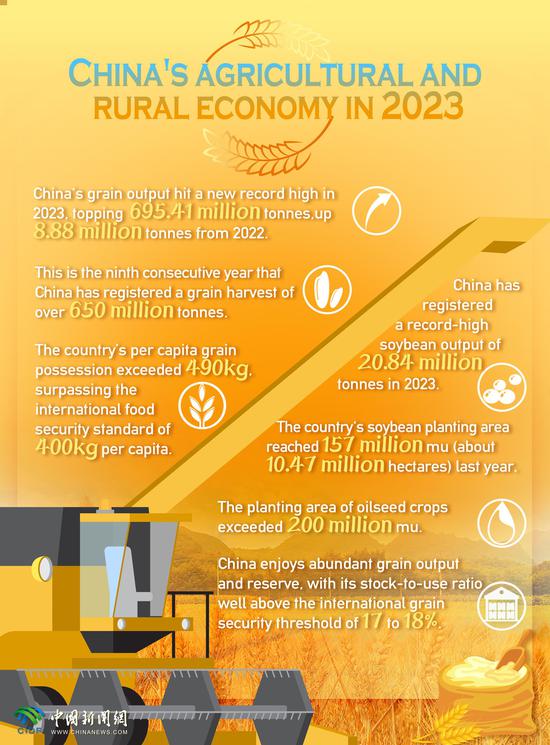




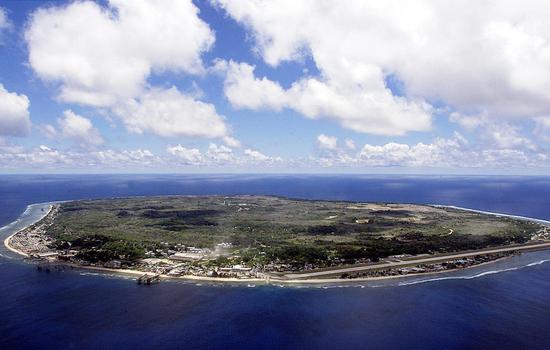


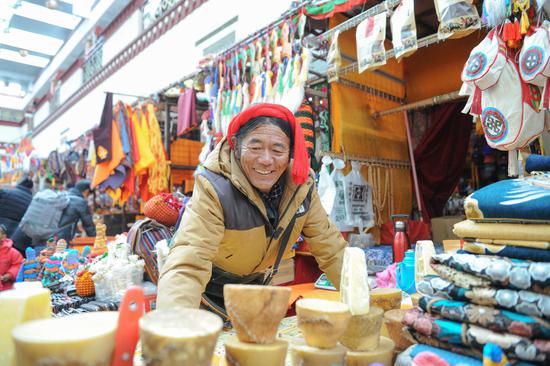









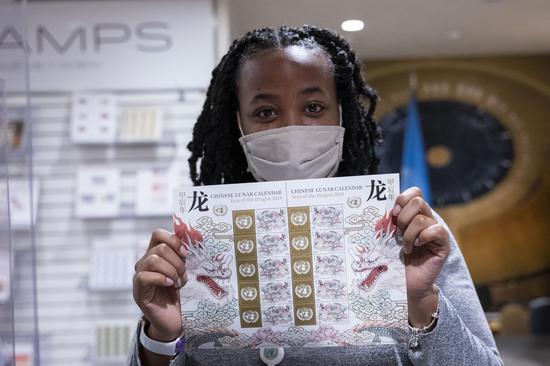













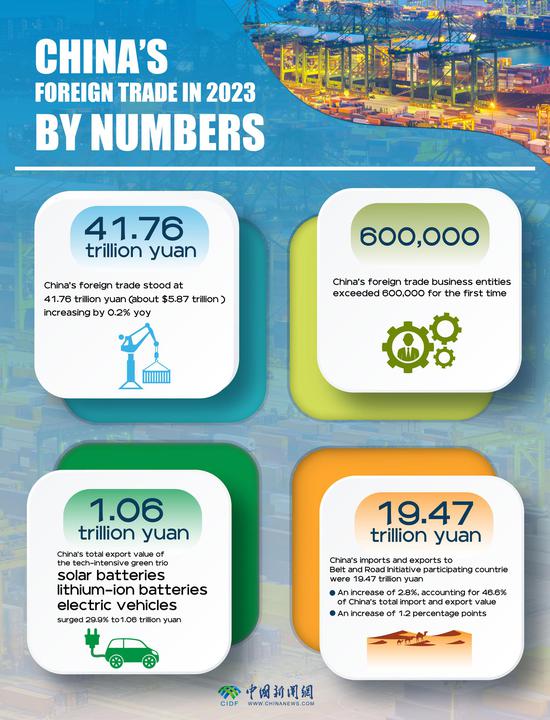









 京公网安备 11010202009201号
京公网安备 11010202009201号
